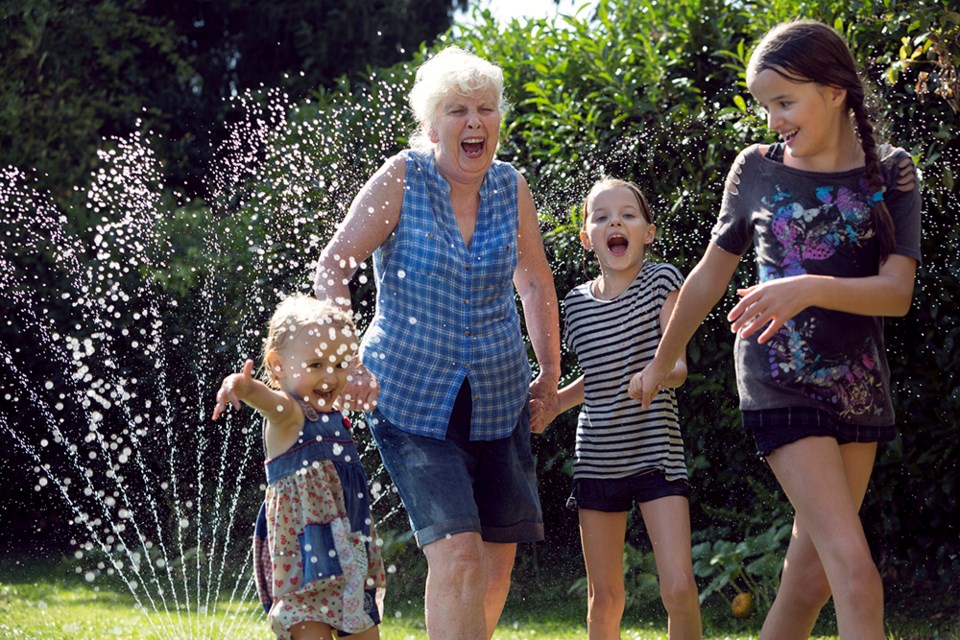Higher than seasonal average temperatures are in the qathet region forecast for this weekend and into next week.
While highs close to and slightly over 30 degrees Celsius are not in the realm of last summer’s heat dome, local residents are not immune to potential dangers heat and dry conditions can pose.
Last year’s experience has prompted provincial officials to be proactive in prompting residents to take steps to keep cool, and to check in with family members or friends who may need assistance.
While the government is not expecting an extreme heat emergency, the Ministry of Public Safety and Solicitor General and Emergency Management BC released an information bulletin encouraging people to monitor weather reports and prepare for heat warnings.
A higher risk of heat-related illness is associated with increasing temperatures, so it is important to have a plan for staying cool inside the home and while outdoors. Have a cool bath or shower; put wet towels in the freezer and wear one over your head at home if air conditioning is not available; run (or walk) through a sprinkler; and, most importantly, drink lots of water.
Once you have your own plan sorted out, identify and check on family members, friends and neighbours who are susceptible to heat. Older adults, people with chronic health conditions, infants and young children can become more vulnerable as temperatures climb.
Heat illnesses include heat stroke, heat exhaustion, heat fainting, heat edema (swelling of hands, feet and ankles), heat rash and heat cramps (muscle cramps).
Reach out, take it easy and stay cool.

.jpg;w=120;h=80;mode=crop)

